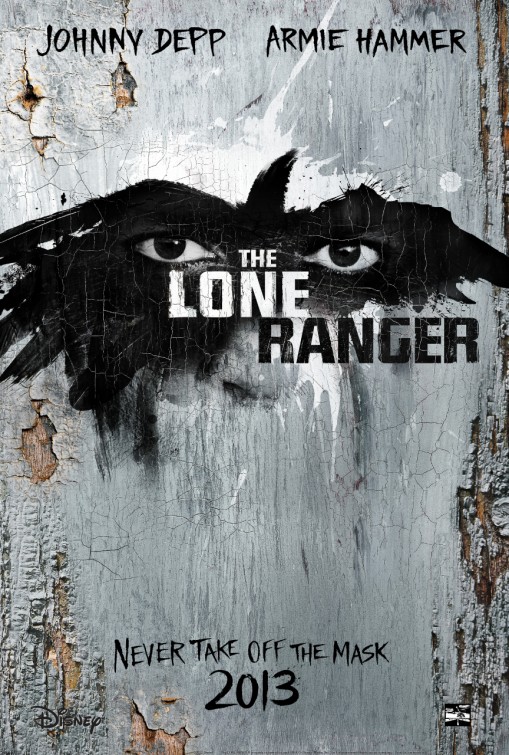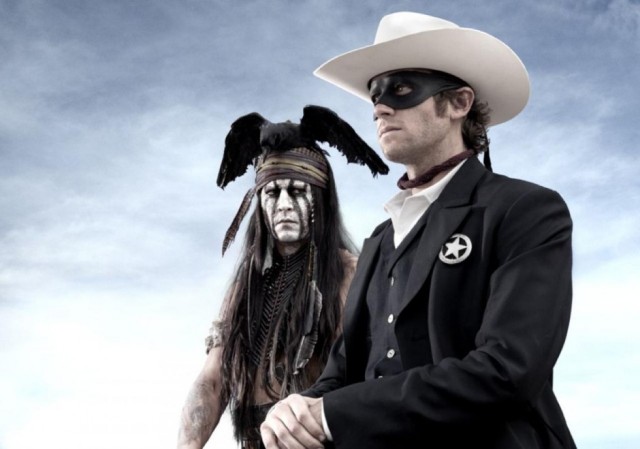Seth MacFarlane’s half-baked horse opera “A Million Ways to
Die in the West” (** OUT OF ****) qualifies as a saddle-sore saga. This lowest common denominator sagebrush
satire boasts low-brow bowel humor, highly offensive language, and gory death
scenes. Despite all these unsavory
elements, this western spoof emerges as fair at best and routine at worst. Sporadically funny jokes and gags cannot
conceal the conventions and clichés. The
first problem is the trite Alex Sulkin, Wellesley Wild, and Seth MacFarlane screenplay. Recently, I watched an Eddie Albert comedy
“The Dude Goes West” (1947) that covered similar ground with greater
success. MacFarlane and his co-writers
rant about the deplorable conditions governing life on the frontier in the 19th
century American west. The hero and the
heroine hate the west. This revulsion of
all things western neither distinguishes MacFarlane’s movie nor makes its humor
any funnier. The only place where “A
Million Ways to Die” breaks ground is with its raunchy R-rated jokes. Some of the jokes hit, but most miss. Some jokes
are so vile they might gag the guys in the “Jackass” movies. Indeed, MacFarlane gets away with a lot in
this lame oater, especially during the opening “Gunsmoke” showdown. The good jokes are really good. One of the best turns out to be badly told
but this serves to accentuate the humor.
The second problem is most of the dialogue sounds like stand-up, comic
routines. Some standup comedy routines
are better than others. The best gag
concerns Old West photography. The
running joke is nobody smiles in a photograph in the 19th century. Nevertheless, the grinning photo attained the
status as an urban legend. Those who
aren’t appalled by MacFarlane’s infantile as well as scatological sense of humor
will no doubt want to roll in it like a dog in its own feces. “A Million Ways to Die in the West” struggles
to emulate “Blazing Saddles,” deliver dialogue like “Deadwood,” and show off
like “Faces of Death.”
The setting of “A Million Ways to Die” is the town of Old
Stump in the Arizona Territory in the year 1882. Our pusillanimous sheep farming protagonist,
Albert Stark (Seth MacFarlane of “Ted”), sinks into a state of depression after
his schoolmarm girlfriend, Louise (Amanda Seyfried), dumps him for a snotty
lothario, Foy (Neal Patrick Harris of “Harold & Kumar Go to White Castle”),
who owns a mustache shop. No, nice-guy
Albert doesn’t sport a mustache. Louise
left Albert because she classified him as too cowardly. During the opening Main Street showdown,
Albert drops his six-gun in the dust rather than shoot it out with another
gunman. Later, Albert challenges Foy to
a duel. Meantime, a mysterious woman,
Anna (Charlize Theron of “Monster”), shows Albert how to handle a hog-leg. Anna, as it turns out, is the wife of
notorious outlaw Clinch Leatherwood (Liam Neeson of “Taken”) who eventually
decides to shoot Albert for flirting with his wife. Basically, boy loses girl, boy tries to get
girl back, but takes up with a different girl describes the storyline. An imbecilic subplot concerns the romance
between a hard-working saloon prostitute, Ruth (Sarah Silverman of “Evolution”)
and a timid male virgin shoemaker (Giovanni Ribisi of “The Mod Squad”) who has
agreed not to have intercourse with her until their wedding night. Albert and his friends emerge as likeable,
sympathetic characters, while Foy, Clinch, and his henchmen are as repulsive as
rattlers.
Although best known as the creator of the respective
animated series “American Dad” and “Family Guy,” not to mention his previous blockbuster
comedy “Ted” with Mark Wahlberg, MacFarlane must have been gambling that he
could resurrect a moribund franchise with his impertinent humor. Westerns have not performed well at the box
office since the early 1990s, and even then the genre was riding on borrowed
time. After John Wayne died and Clint
Eastwood got too old plains, westerns have never regained their former
grandeur. Disney’s “Lone Ranger” tanked
last summer, and only AMC’s “Hell on Wheels” on television has survived with
any success. The Jeff Bridges “True
Grit” remake and Quentin Tarantino’s slave saga “Django” are the sole examples
of successes. Nothing about MacFarlane’s
approach to the genre justifies its use.
He looks out of place himself with his hopelessly clean-scrubbed,
Shoney’s Big Boy looks. Aside from his
profanity, MacFarlane plays the same tenderfoot that Bob Hope, Eddie Albert,
Gary Cooper, Don Knotts, or Tim Conway have done in earlier movies and
television shows. Neil Patrick Harris
usually steals the show no matter what the material, but he makes only a minor
impression with his Snidely Whiplash villain.
Unfortunate Amanda Seyfried has little more to do than bulge her beautiful
eyes and swish an umbrella. Charlize Theron
and Liam Neeson wander through their roles.
Colorful cameos by the likes of Christopher Lloyd, Gilbert Gottfried,
Ewan McGregor, Jamie Foxx, and Bill Maher prove more stimulating. “A Million Ways to Die in the West” could
have been a million times better.













